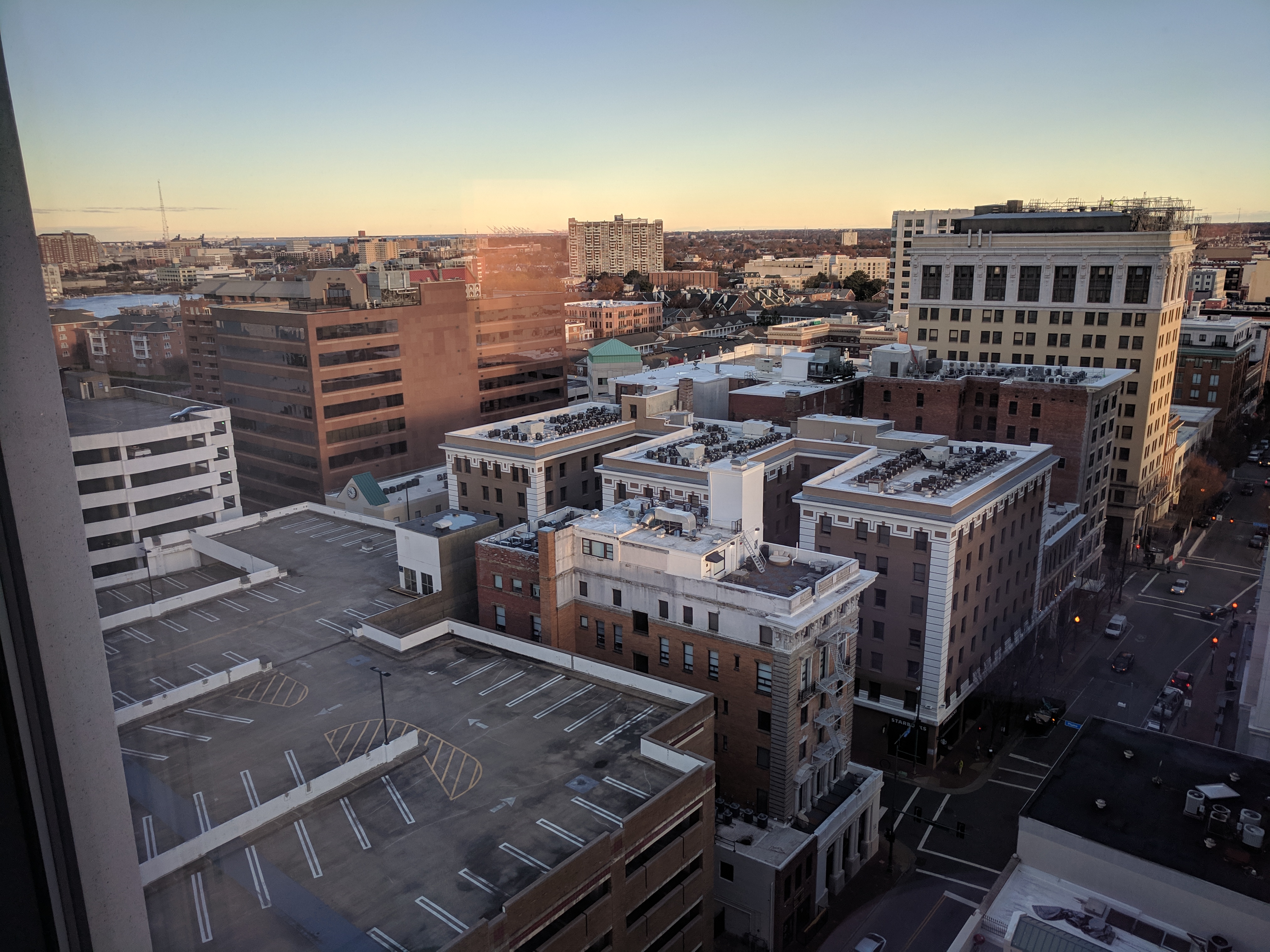Creating a more resilient city
The City of Norfolk used Tactical Data Engagement methods to put open data in the hands of residents who are fighting for a more resilient city.

The City of Norfolk used Tactical Data Engagement methods to put open data in the hands of residents who are fighting for a more resilient city.
Background
In the past few years and throughout the foreseeable future, climate change will drastically alter the lifestyle of people around the world. Coastal cities are some of the first to report negative effects from the warming climate, and will be forced to take drastic action to protect the communities living within them.
Norfolk, Virginia is such a city. Home to almost a quarter million people and the largest Navy base in the world, Norfolk is a cultural and financial hub in southeastern Virginia. As a waterfront community, Norfolk has historically been well-equipped to deal with problematic weather. Still, in recent years, flooding has become a persistent issue, making major roads inaccessible even when the city is not experiencing weather-related flooding emergencies, which can destroy property and cause backlogs in services.
The City of Norfolk was eager to see how their new open data program could help respond to these issues, and as a What Works City, reached out to the Sunlight Foundation to find a community-centered open data solution to support those working to address flooding and build a more resilient Norfolk.
Where did Norfolk’s open data program start?
Norfolk initiated its open data program in 2017 with an open data policy passed in July of that year, and an open data portal that launched soon after. While the program was still in its infancy, Management Services Administrator Pamela Marino looked to other What Works Cities and saw that many struggled with making open data impactful in fighting local issues. She saw an opportunity to use Sunlight’s innovative user-centered methodology called Tactical Data Engagement (TDE) to ensure that the portal and program focused on issues that matter to Norfolk’s residents.
The TDE method requires gaining a clear understanding of information needs related to a certain issue before taking action to publish or apply open data. It’s an open process in that it invites residents to have a say in how open data solutions are being designed, and the end goal is to produce open data or public information that’s ready for use. In many cases, the design recommendations that residents provide unearth helpful insights that tell cities what data governance reforms need to happen before they’re ready or able to publish the “good stuff.”
What did Norfolk achieve with Sunlight?
- Sunlight and Norfolk collaborated to create a set of five user personas and six distinct use cases for open data related to flooding and resilience
- Norfolk selected two user personas and a main use case for which they felt they had the right data on hand and the staff capacity to meet potential users’ needs in the short-term
- Sunlight and Norfolk collaborated to convene a roundtable for researchers and community leaders (key personas) who had specific needs related to understanding long-term weather trends (key use case)
- Sunlight provided recommendations with a range of short- and long-term opportunities to produce open data solutions for the selected key personas and use case
- Norfolk’s Open Data team members reviewed Sunlight’s findings and decided on a tactical opportunity to release flood gauge data with and allow access to an API for local researchers working on relevant resilience efforts.
- Norfolk will continue working toward Sunlight’s long-term recommendations to release open resilience data and engage community members in open data design processes
How Norfolk identified flooding and resilience as a focus area
Flooding is a significant issue for Norfolk. As a city that is right on the water, it’s considered to be on the frontlines in dealing with the consequences of sea level rise.

TDE methods required Norfolk’s open data team to take in a variety of “demand signals” associated with this reality to understand where, how, and when residents are asking for more information about important local issues, and how often resilience came up in those conversations. Analyzing these demand signals and cross-referencing them with internal strategic priorities showed that flooding could be a focus area where residents would be eager for better data or information and City staff would be supportive of data governance or open data progress.
Lesson: Be flexible in thinking about which issues open data might help to solve. Sometimes the biggest issue in your city has significant opportunities for open data innovation, even if it doesn’t seem like a “data problem.” Analyzing demand for information in a broad sense can help you validate that there are opportunities for open data innovation within that issue.
How Norfolk used design research to understand the personas and use cases behind flooding and resilience
With a robust network of stakeholders involved in flooding and resiliency, Norfolk had a solid base of potential data users, so broad that Norfolk’s Open Data team could be spread thin trying to collaborate around various open data efforts. Segmenting their potential open data users under the issue of resilience helped the team prioritize which users were asking for open data solutions that were feasible in the short-term.
Sunlight used design research methods to conduct third-party interviews with local residents, including local environmental activists, parents, scientists, and technologists. We asked potential data users about their experience working with the City, how they used data in their flooding and resilience work, and what data the City could provide that would aid them further. Sunlight worked with the open data team to process anonymized interview findings and agree upon a set of user personas and use cases that they accurately felt described local potential data users.

The personas developed during this process can be found in Sunlight’s open data user personas library. We framed the use cases for open data around flooding and resilience in Norfolk as questions that potential data users might ask of the data:
- What is happening right now? (real-time information on flooding events)
- What’s going to happen in the long-term? (analyzing trends with bulk data)
- How does this affect the Norfolk’s economy? (understanding the business case)
- What do I need to know about owning/living in my house? (property decision-making)
- How can we mitigate flooding? (awareness about individual behavior)
Lesson: Use cases should be very specific and should aim toward creating a tangible understanding of what a person might do with the right information. See our guidance on what makes a good use case.
How Norfolk listened to local experts to co-design what happened next
Of the use cases identified, Norfolk decided to focus on providing data related to analyzing tidal trends associated with flooding, or: “What’s going to happen in the long-term?” Because Norfolk has a strong community of university and military researchers, and a number of activists fighting to address local flooding, the Open Data team knew that those already working on these issues would have a clear understanding of what data would help their efforts. This lent itself to focusing on personas such as the: creative problem-solver, passionate environmentalist, or informed influencer.
Sunlight and Norfolk worked together to identify real-life people who might fit these archetypes and invited them to an in-person workshop to gain a more concrete understanding of their data needs. Sunlight helped to facilitate this “Roundtable for Researchers” with participation from local government staff including City Council members concerned with the issue of flooding and resilience. With this group in the same room together, we discussed the following guiding questions:
- What are the most pressing research questions facing those looking at long term flooding trends?
- What data is needed to answer those questions?
- What data currently exists within the City to meet those needs? And,
- What data collection or sharing could be adapted to meet those needs?
Lesson: It’s important to use in-person workshops to gather as much information as possible. To do this, create thoughtful facilitation frameworks and focus on clear outputs like data wishlists or documentable insights that will help decision-makers have a more concrete understanding of what target data users want and need. Additionally, just getting a new combination of people in the same room together to have collaborative discussions can be a powerful tool for change.
How Norfolk has implemented recommendations and planned to publish important new data
After listening to local experts, Norfolk had enough design information to implement the changes requested by participants of the co-design roundtable. IT staff and open data decision-makers participating in the roundtable heard that flood gauge data was being commonly requested by participants and saw that they could publish that data if they would first prioritize updates to a crucial server that houses the data. After updating the server and publishing the new data for researchers and for the broader community to access, Norfolk’s open data team would also be able to set up a new API for researchers at the Virginia Institute of Marine Science who are working on a specifically relevant research project that would benefit from the City’s data.
This is exactly the type of short-term actionable solution that the TDE method helps to expose. Although this solution represents just one small step toward providing stronger open data on flooding and resilience to Norfolk’s residents, it also represents the City’s first tactical effort to take on a long-term program of community and user-centered open data. To ensure that the City and its open data team continue to use strategies that center residents in open data decision-making and open data applications, Sunlight provided the open data team with a set of recommendations for how to continue using TDE methods in finding new opportunities for open data to apply either to flooding and resilience issues or to other pressing community issues as they arise.
Lesson: Although our engagements with cities only focus on implementing one tactical solution for open data impact, the narrowing TDE method creates a wealth of research and user-centered design foundations that cities can continue to use. They can return to new focus areas, explore different key user personas or use cases, or co-design with different groups of local experts to find more actionable opportunities for open data use.
How did the community benefit?
Climate change will continue to affect the lives of people in coastal cities and beyond. Cities must be prepared to meet these imminent challenges with innovative solutions. In the near term, researchers will have access to previously unavailable flood gauge data that will help them better understand tidal flooding trends. In the longer term, the City, Norfolk’s residents, and the open data team may work together to find further important and innovative applications for open data to address the use cases established through this work.
We are excited that Norfolk take short-term steps to release new open data relevant to flooding and resilience, but we also hope that they will continue to build a community of data users around issues that matter to residents. With regards to flooding and resilience, we hope that this project will be the start of new collaborative relationships between important community actors and potential data users who are fighting to make Norfolk a more resilient city.
Top: Photo by Norfolk Department of Emergency Management.

